Offline Voice Recognition Sensor
About the project
Getting Started with a New Offline Voice Recognition Sensor
Project info
Difficulty: Easy
Platforms: Arduino, DFRobot, Raspberry Pi
Estimated time: 1 hour
License: Apache License 2.0 (Apache-2.0)
Items used in this project
Story
Disclaimer:This is not a paid review. I got two of these sensors as part of a free open trial.
Introduction:Welcome to a quick guide on the offline voice recognition sensor. This sensor caught my attention while I was scouting for components for future projects. Let's dive into its features and see how it can be integrated with popular platforms like Arduino and Raspberry Pi.
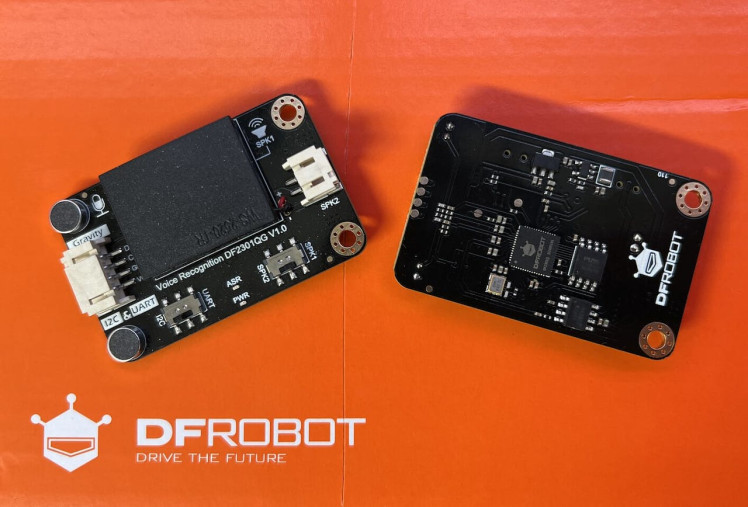
First Impressions:The sensor is compact with a bunch of circuitry at the bottom. On top, it boasts two microphones for better voice capture and a speaker. There are also two switches: one for switching between UART and I2C, and the other for toggling between the built-in speaker and an external sound system.
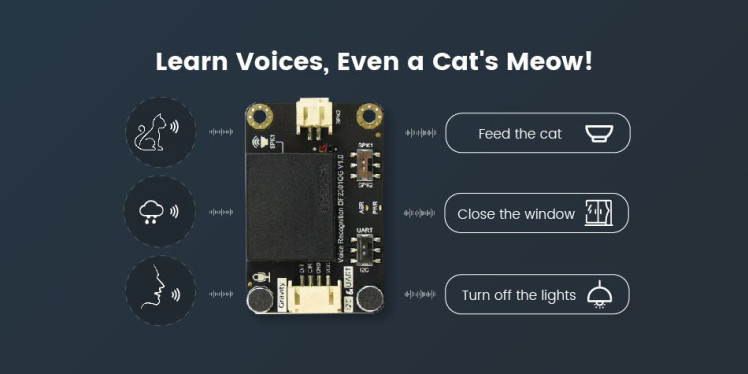
Functionality:Out of the box, the sensor is equipped with 121 pre-programmed commands and 17 customizable ones. The default wake-up word is "hello robot", but this can be easily customized. For instance, I changed mine to "Yorkshire Tea sucks" (just for fun!).
One of the unique features of this sensor is that it doesn't convert voice to text; instead, it recognizes patterns in sound waves. When a command is recognized, it doesn't send any audio or text to the microcontroller. Instead, it simply sends a command ID, allowing the microcontroller to decide the action based on the received ID.
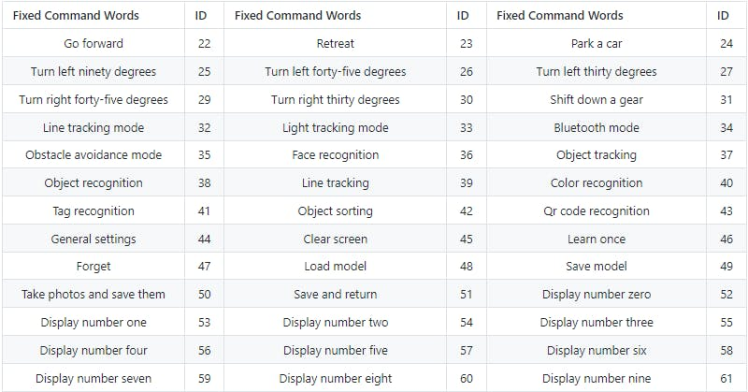
Integration with Arduino:Connecting the sensor to an Arduino is straightforward. Using the provided library, you can adjust settings like volume, mute status, and wake-up duration. Once set up, the Arduino IDE's serial monitor will display the command IDs as you speak commands.
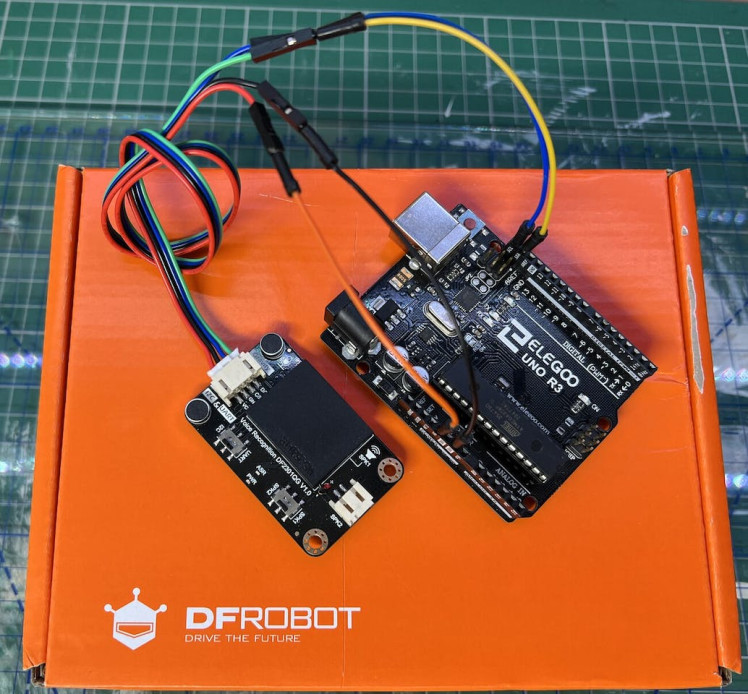
Integration with Raspberry Pi:The process is similar to Arduino but uses Python. After installing the necessary libraries, you can run the provided script to start recognizing voice commands. The beauty of using Python is the flexibility it offers in programming responses to recognized commands.
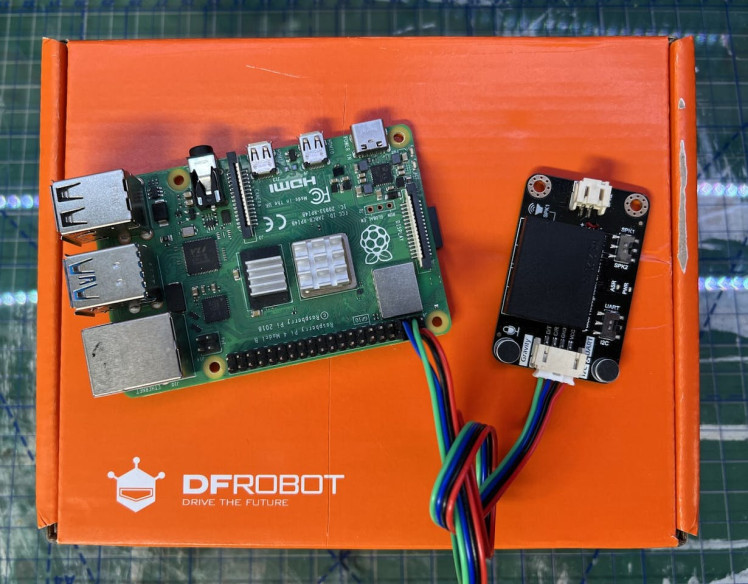
Final Thoughts:While I've only had the sensor for a few days, I'm impressed with its simplicity and potential. It might have limitations with complex accents, but the option to set up custom commands offers a workaround. If you're interested in getting one, here's a link. Remember to mention you heard about it from this post!
A big shoutout to my Patreon supporters for their continued support. Stay tuned for future projects where I'll be integrating this sensor. Mellow_labs | Patreon
































Leave your feedback...